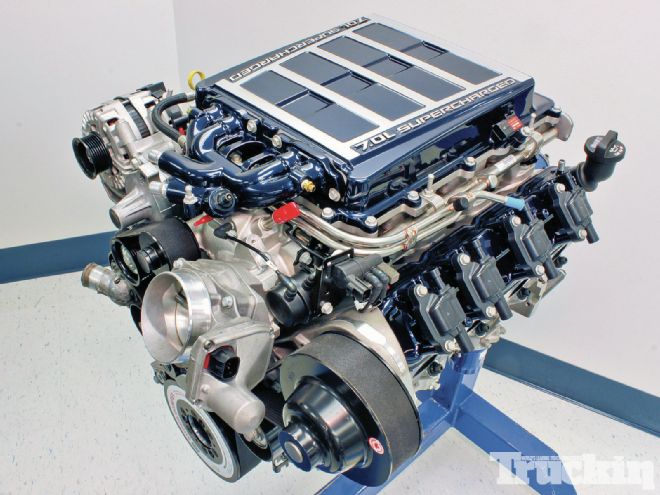
| chevy S10 7 0L Ls9 engine
It's the ultimate LS-engine "what if" scenario: Could the blower from the Corvette ZR1's LS9 engine be dropped on the larger-displacement LS7 found in the Z06? That would create the ultimate "factory" combination—especially because it would drop into any GM truck that came with an LS engine, dating back to '99.

| chevy S10 7 0L Ls9 brian Thompson
Enthusiasts started dreaming up this ultimate power combination the second the LS9 was revealed to displace 6.2 liters, rather than the LS7's 7.0L size. That's a significant 13-percent difference in volume, but GM said it went with the smaller bores to ensure a safe, long-lasting powertrain—one that would be subjected to considerable boost pressure over its lifetime.
"On the OE side, all the considerations for 100,000 miles worth of durability must be considered," says an anonymous GM drivetrain engineer we spoke with. "The power goals for the LS9 were reached with the smaller displacement, which offers thicker cylinder walls for greater safety margin, so there was no need to step up to the 7.0L displacement."
That's a great textbook answer and we certainly wouldn't cast aspersions on the LS9's 638 hp output, but when there's a larger-cube version of the same engine family, you just know the performance world wouldn't let the combination go untried. That would be like Dr. Frankenstein having both a spare brain and access to a graveyard, but passing on the opportunity.
Brian Thomson isn't Dr. Frankenstein, but he's created more than his share of LS-based monster engines at his shop, Thomson Automotive near Detroit. In fact, he's had great success melding the LS7 with the LS9 blower, developing basically a crate engine package (including a pre-programmed E67 controller) that delivers around 770 hp and 840 lb-ft of torque on pump gas. The torque comes on soon, too, making more than 800 lb-ft by only 3000 rpm, which really helps launch today's heavy GM trucks.
"It's a sweetheart of a street engine," says Thomson. "It starts, idles, and has the low-speed drivability of a stock engine, but when you tap into it, it's amazing. With more than 800 lb-ft and the instant power delivery of the blower, it's an engine with two distinct personalities."
OK, so maybe it's not Frankenstein's monster, but more of a Jekyll and Hyde engine. Regardless, we recently took note of the assembly and dyno-testing of one of these engines, which was destined for the Chevy S-10 project vehicle of New Yorker Joe Jones. It officially made 769 hp and 844 lb-ft, with a safe air/fuel ratio of about 11.4:1 under full boost.
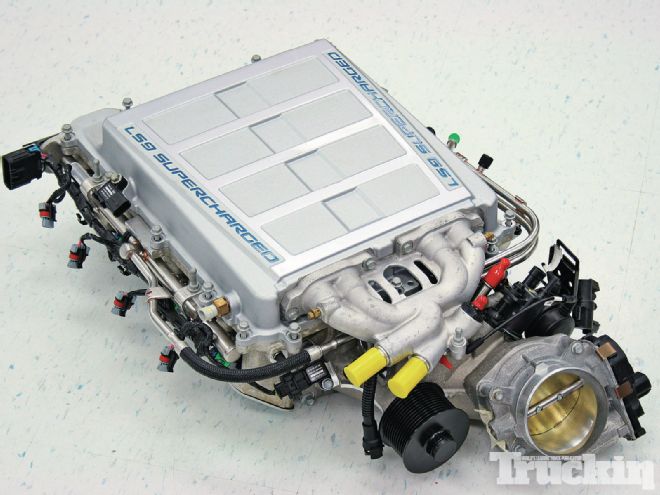
| 16. The LS9 supercharger assembly delivered from General Motors includes both the compressor and an integrated liquid-to-air charge cooler mounted on top, along with the fuel rails, injectors and throttle body already installed. The sixth-generation, TVS positive-displacement blower comes from Eaton and is their largest-ever Roots-type compressor, displacing a significant 2.3L per revolution.
It was only a few years ago that even a 500hp street engine was newsworthy. The fact that Thomson is explaining why his engine "only" makes 770 horses on the street demonstrates how far we've come with LS engines and tuning. Of course, we can't discuss a 770hp, 840 lb-ft, LS9-blown engine without bringing up cost—and this one tallies a pretty strong price tag of around $35,000. Thomson doesn't dance around the cost. It is what it is.
"The LS7 and LS9 parts aren't cheap, so it's an expensive engine to build, no doubt about it," he says. "But more than simply a great dyno number, you get an engine with excellent, factory-quality drivability. We put a similar engine in a car last year and did more than 3,000 miles on the Hot Rod Power Tour with the A/C on and didn't have a lick of trouble."
Installation of the engine may require some mild fabrication to accommodate the unique LS9 accessory drive system and its wider belt, but hood clearance shouldn't be an issue on fullsize GM trucks and SUVs.

| 17. On the 6.2L LS9, the blower generates about 10.5 pounds of boost, but only about half that with the 7.0L displacement, so Thomson machined a new, smaller-diameter pulley to spin the blower faster and bring the boost up to about 14 psi.
Installation details notwithstanding, the engine's dual-purpose performance—dependability with tire-shredding power—reinforces the Jekyll-and-Hyde personality of Thomson's LS7/LS9 hybrid. It's the sort of monster we'd like to have lurking beneath the hood of our favorite Silverado or maybe an Escalade that would shake up the country club setting; Quiet and unassuming one moment, and a terror the next. That's the way to keep the other guy guessing.
Dyno Chart
RPM
LB-FT
HP
3000
807
461
3100
814
480
3200
822
501
3300
826
519
3400
829
537
3500
831
554
3600
833
571
3700
837
590
3800
839
607
3900
842
625
4000
844
643
4100
843
658
4200
841
672
4300
839
687
4400
834
699
4500
826
708
4600
817
716
4700
807
722
4800
796
727
4900
786
733
5000
771
734
5100
759
737
5200
749
742
5300
740
747
5400
731
752
5500
723
757
5600
717
765
5700
707
768
5800
697
769
5900
683
768
6000
672
768
Peak numbers in bold.
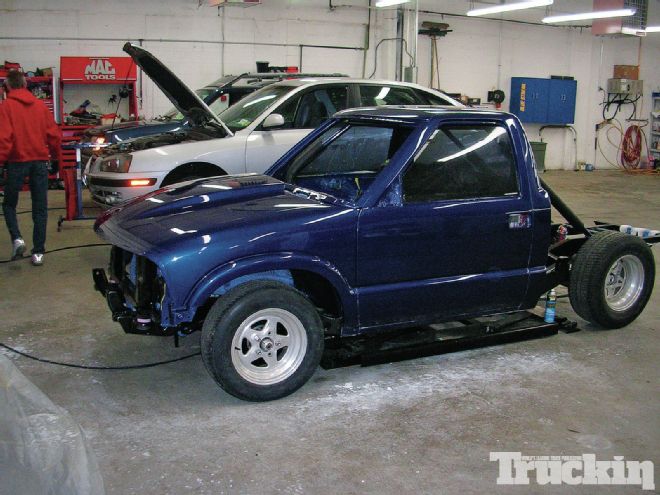
| The engine is the heart of the pro-style S-10 project of Long Island, N.Y. resident-Joe Jones.
 | chevy S10 7 0L Ls9 engine
It's the ultimate LS-engine "what if" scenario: Could the blower from the Corvette ZR1's LS9 engine be dropped on the larger-displacement LS7 found in the Z06? That would create the ultimate "factory" combination—especially because it would drop into any GM truck that came with an LS engine, dating back to '99.
| chevy S10 7 0L Ls9 engine
It's the ultimate LS-engine "what if" scenario: Could the blower from the Corvette ZR1's LS9 engine be dropped on the larger-displacement LS7 found in the Z06? That would create the ultimate "factory" combination—especially because it would drop into any GM truck that came with an LS engine, dating back to '99.
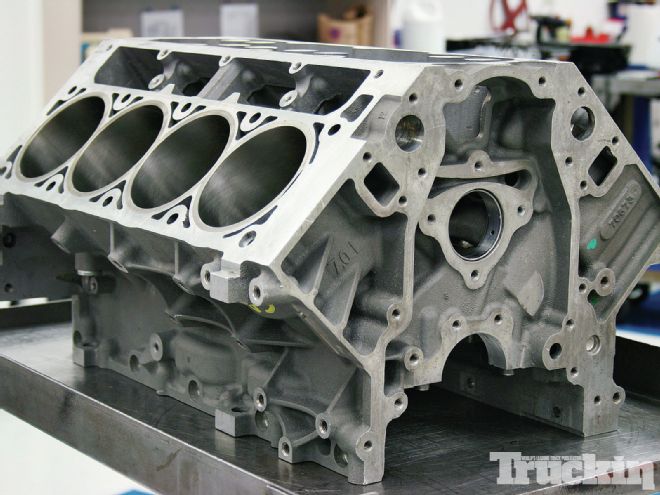
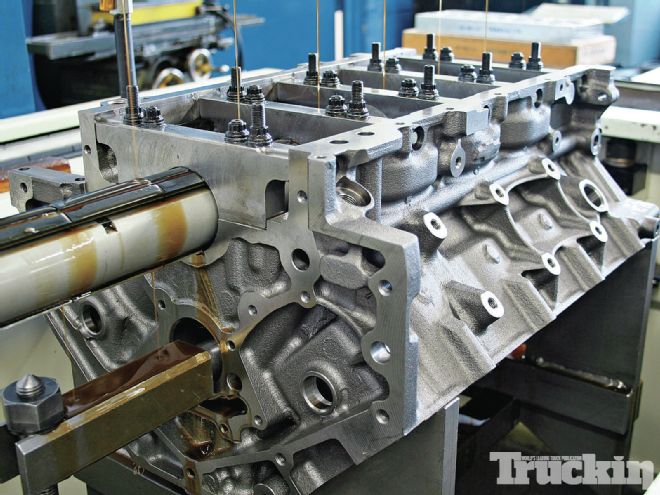
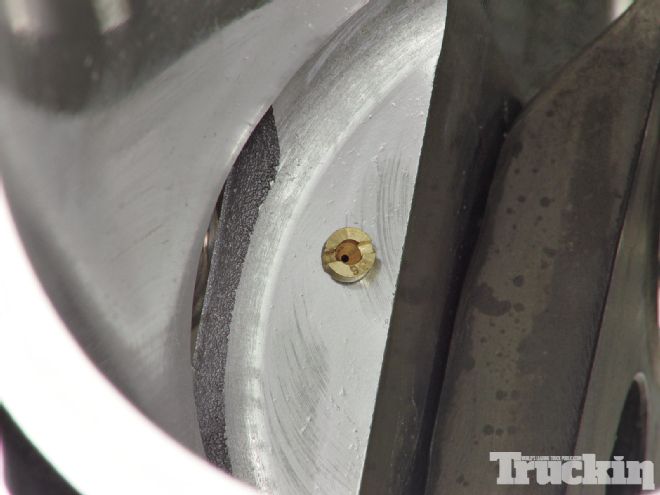
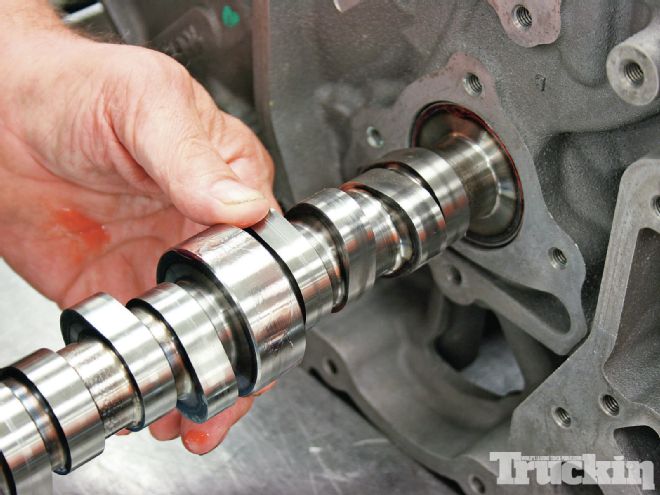
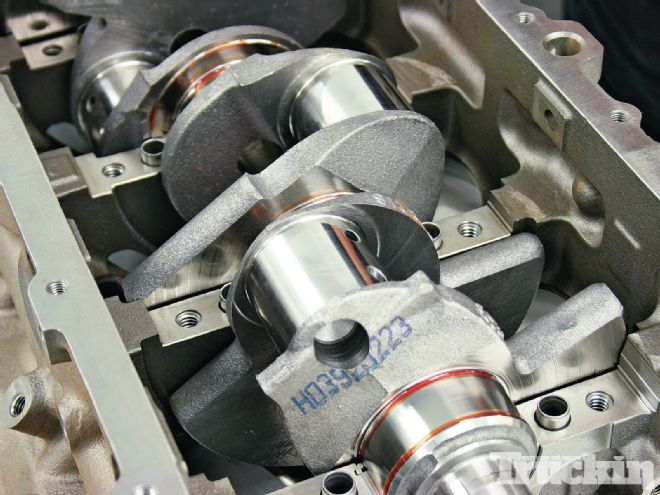
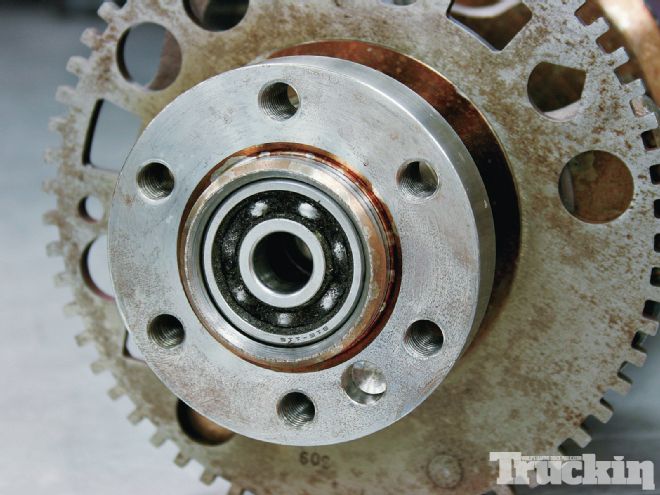
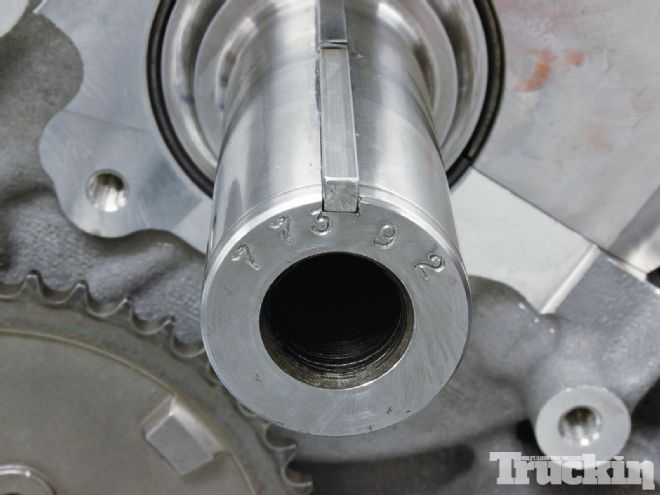
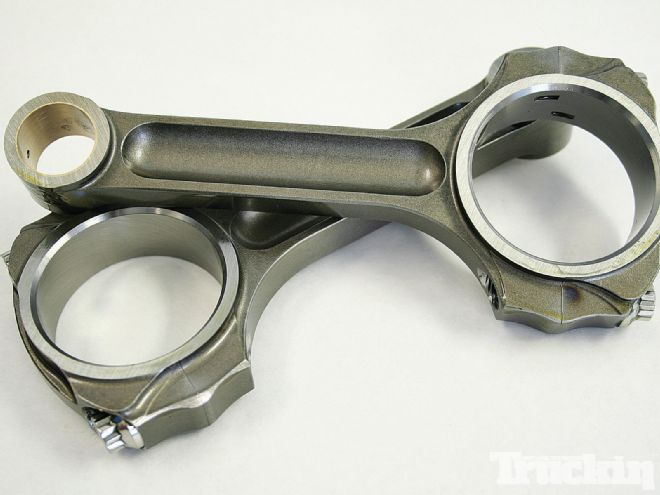
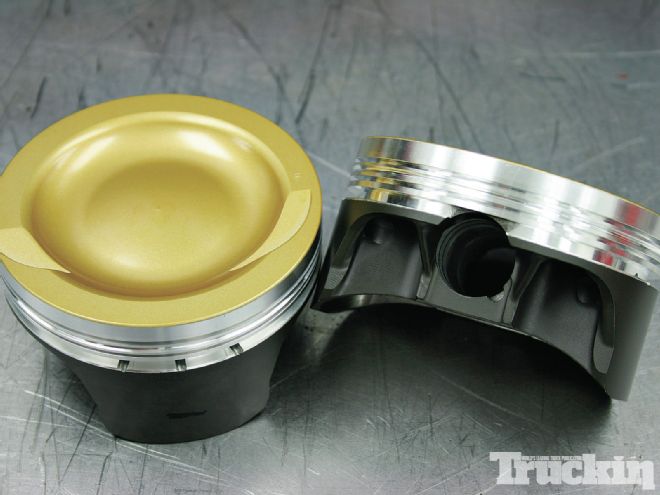
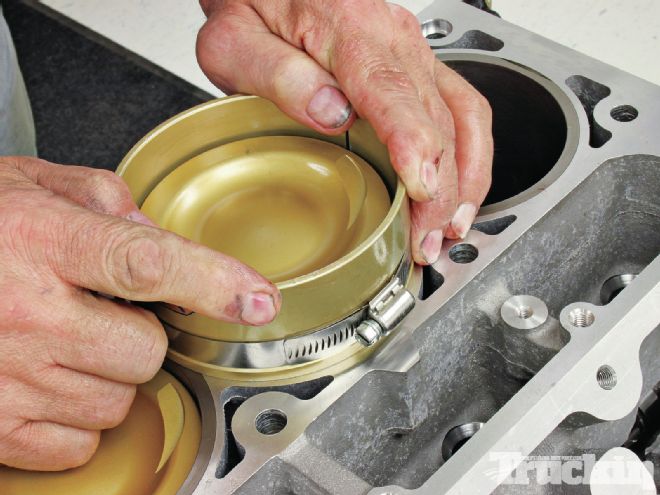
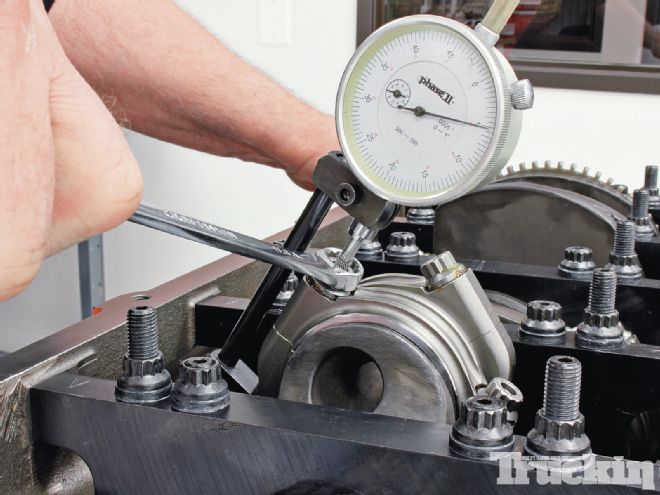
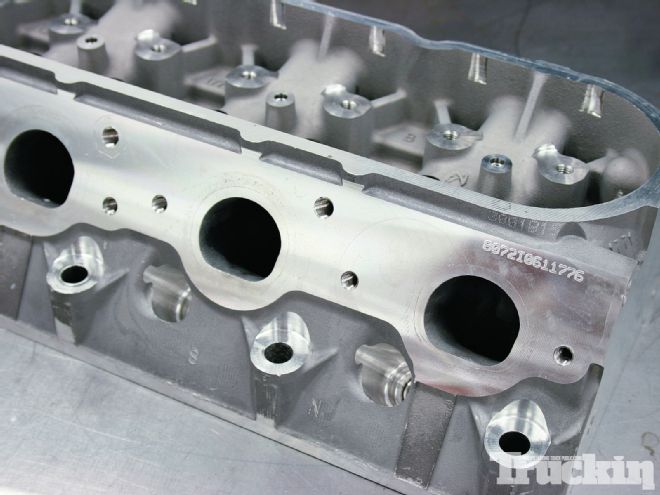
 | 16. The LS9 supercharger assembly delivered from General Motors includes both the compressor and an integrated liquid-to-air charge cooler mounted on top, along with the fuel rails, injectors and throttle body already installed. The sixth-generation, TVS positive-displacement blower comes from Eaton and is their largest-ever Roots-type compressor, displacing a significant 2.3L per revolution.
It was only a few years ago that even a 500hp street engine was newsworthy. The fact that Thomson is explaining why his engine "only" makes 770 horses on the street demonstrates how far we've come with LS engines and tuning. Of course, we can't discuss a 770hp, 840 lb-ft, LS9-blown engine without bringing up cost—and this one tallies a pretty strong price tag of around $35,000. Thomson doesn't dance around the cost. It is what it is.
"The LS7 and LS9 parts aren't cheap, so it's an expensive engine to build, no doubt about it," he says. "But more than simply a great dyno number, you get an engine with excellent, factory-quality drivability. We put a similar engine in a car last year and did more than 3,000 miles on the Hot Rod Power Tour with the A/C on and didn't have a lick of trouble."
Installation of the engine may require some mild fabrication to accommodate the unique LS9 accessory drive system and its wider belt, but hood clearance shouldn't be an issue on fullsize GM trucks and SUVs.
| 16. The LS9 supercharger assembly delivered from General Motors includes both the compressor and an integrated liquid-to-air charge cooler mounted on top, along with the fuel rails, injectors and throttle body already installed. The sixth-generation, TVS positive-displacement blower comes from Eaton and is their largest-ever Roots-type compressor, displacing a significant 2.3L per revolution.
It was only a few years ago that even a 500hp street engine was newsworthy. The fact that Thomson is explaining why his engine "only" makes 770 horses on the street demonstrates how far we've come with LS engines and tuning. Of course, we can't discuss a 770hp, 840 lb-ft, LS9-blown engine without bringing up cost—and this one tallies a pretty strong price tag of around $35,000. Thomson doesn't dance around the cost. It is what it is.
"The LS7 and LS9 parts aren't cheap, so it's an expensive engine to build, no doubt about it," he says. "But more than simply a great dyno number, you get an engine with excellent, factory-quality drivability. We put a similar engine in a car last year and did more than 3,000 miles on the Hot Rod Power Tour with the A/C on and didn't have a lick of trouble."
Installation of the engine may require some mild fabrication to accommodate the unique LS9 accessory drive system and its wider belt, but hood clearance shouldn't be an issue on fullsize GM trucks and SUVs.
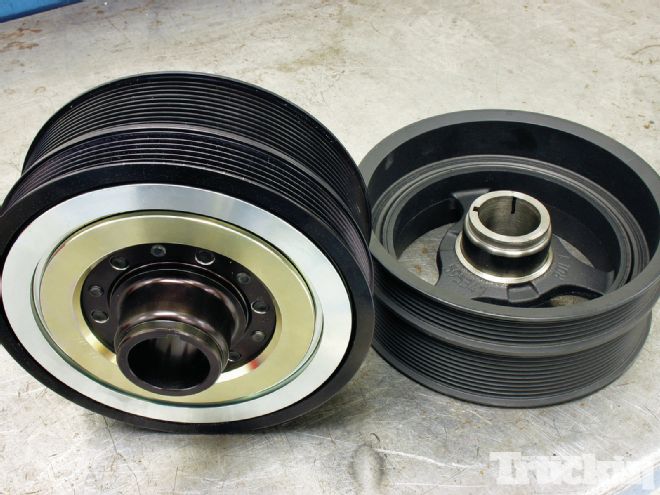
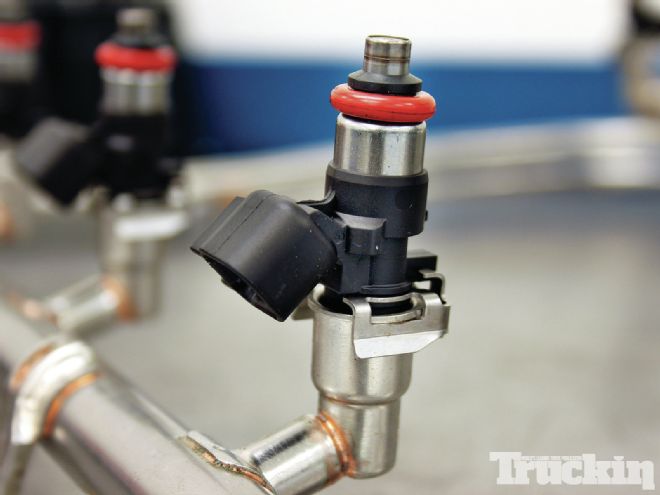
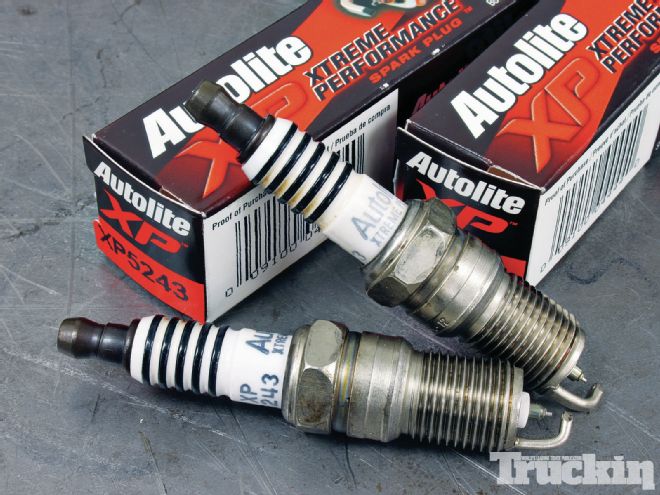

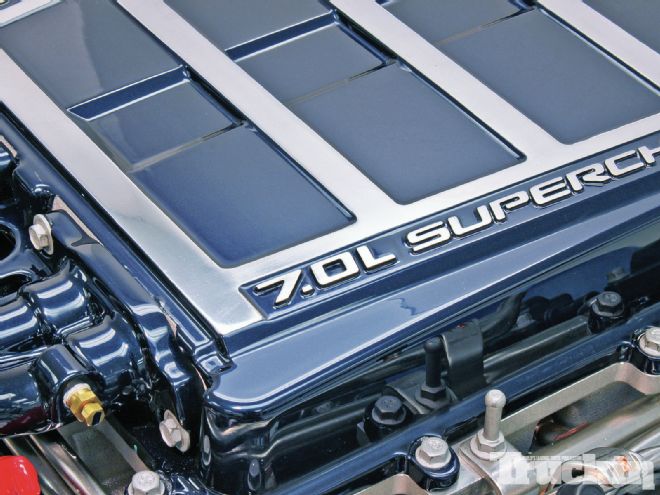

 | The engine is the heart of the pro-style S-10 project of Long Island, N.Y. resident-Joe Jones.
| The engine is the heart of the pro-style S-10 project of Long Island, N.Y. resident-Joe Jones.